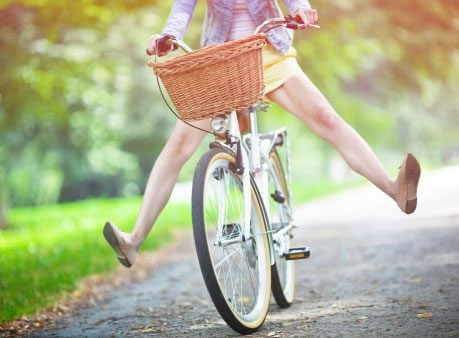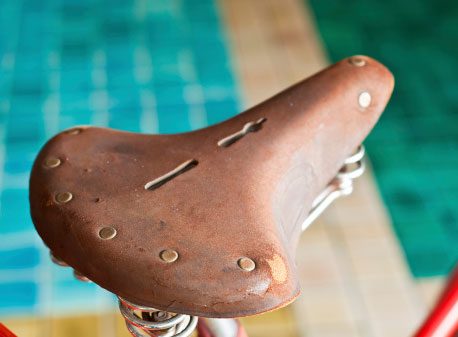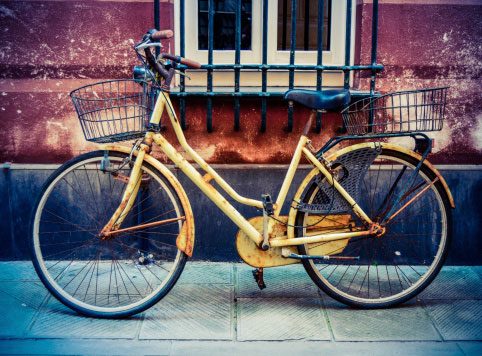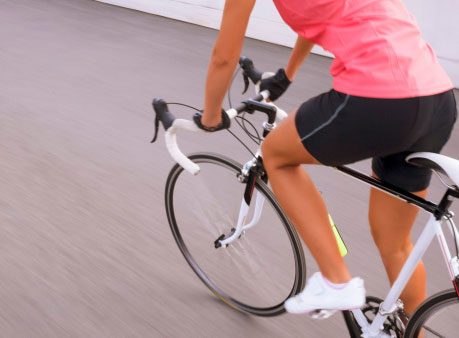
Get a Bike That Fits
A bike that’s too big or too small for you will lead to discomfort everywhere. “The top of the seat should be lower than the handlebars,” says Bruce Ford, manager of Cyclepath, a bicycle retailer in Toronto.

Adjust the Seat Height
There should be a slight bend in your knee at the bottom of your pedal stroke, says Ford. So set your seat height accordingly.

Swap Saddles
Everyone thinks a wide cushy saddle is best, but that’s not always so. A wide seat is good for rides shorter than a half-hour, but choose a narrower saddle for longer trips. “It’s easier to sit up on your ‘sit bones,'” Ford explains. “And you’ll have fewer points of contact.” Plus, consider getting a men’s or women’s “anatomical saddle” (with a body-contouring cut-out in the middle), says Gary Conrod, manager of Atlantic Canada Cycling in Halifax.

Try a Gel Cover
Buy a gel-filled cover that fits over the saddle, Conrod advises. This will help pad your ride.

Cushion the Bounce
Get a seat post or a saddle with springs-these act as shock absorbers.

Wear Proper Clothing
Invest in padded bike shorts. With jeans, says Conrod, you may notice seams in “troublesome areas.”